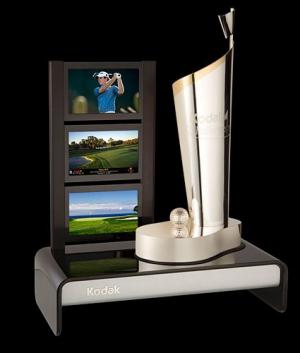California approves energy efficient standards for TVs
Regulators in California have approved the new energy standards for televisions proposed early in 2009. TV manufacturers will have to make new models that will use 33% less electricity by 2011, and 49% less by 2013. It is estimated that TVs and set-top boxes use about 10% of the residential electricity consumption in California. In the 1990s, it was only about 3-4%.
This is good news for efficient TVs, and already about 300 models are ok by the 2013 regulations. Obviously this is good news for OLED TVs, too, as these are highly efficient of course.









